The Science of Pet Sleep: Understanding Their Rest and Dreams

Sleep is a crucial part of our daily lives, and it’s just as important for our pets. As pet owners, we often wonder what happens when our pets sleep—whether they dream, why they sleep so much, and how their sleep patterns compare to ours.
Understanding your pet’s sleep can provide valuable insights into their health and well-being.
In this article, we’ll explore the science of pet sleep, including the stages of their sleep cycles, why sleep is vital for their health, and how dreams play a role in their overall rest.
Why Sleep is Important for Pets
Sleep is essential for rejuvenation and restoration, both for humans and animals. Just like us, pets experience physical and mental recovery during sleep.
Pets’ sleep patterns can vary depending on their species, age, and individual needs, but overall, sleep helps them process information, heal their bodies, and conserve energy for the day ahead.
Sleep and Overall Health
For pets, sleep is vital to maintain their immune system, cognitive functions, and emotional health. Poor or disrupted sleep can lead to behavioral issues, stress, and physical health problems, just as it can in humans.
Ensuring your pet gets enough rest can help them lead a happier, healthier life.
 The Stages of Pet Sleep
The Stages of Pet Sleep
Just like humans, pets go through different stages of sleep. These stages contribute to the restoration of their bodies and minds, each stage serving a specific purpose.
1. Non-REM Sleep (Slow Wave Sleep)
Non-rapid eye movement (non-REM) sleep is a deep, restorative sleep. During this stage, pets’ bodies repair tissues, grow muscle, and strengthen their immune system.
This stage of sleep is the most restful and provides the essential recovery time that pets need for their physical health.
Key Characteristics of Non-REM Sleep:
Deep muscle relaxation
Lowered heart rate and breathing rate
Physical recovery and immune system boost
This is the stage where pets get the most rest, and their bodies are actively repairing.
2. REM Sleep (Rapid Eye Movement)
REM sleep is the stage where pets experience the most vivid dreams. It’s characterized by rapid eye movement, muscle twitches, and increased brain activity.
Although it may seem like they are having restless sleep, this phase is essential for their mental health. It plays a role in consolidating memories, learning, and emotional processing.
 Key Characteristics of REM Sleep:
Key Characteristics of REM Sleep:
Eye movements: You may notice your pet’s eyes moving beneath their eyelids.
Muscle twitching: Pets may exhibit small movements, such as twitching paws or moving their whiskers.
Brain activity: This phase is associated with increased brain wave activity, similar to what we experience during deep sleep or dreaming.
3. Sleep Cycles in Pets
Pets’ sleep cycles are much shorter than ours. While humans typically experience sleep cycles of around 90 minutes, pets’ sleep cycles can range from 15 to 30 minutes, depending on their species.
They also tend to alternate between non-REM and REM sleep multiple times during the night.
Dogs, for example, may sleep for several hours but wake up frequently due to shorter sleep cycles, while cats might sleep for longer stretches due to their more extensive non-REM sleep periods.
This shorter cycle is normal and adapted to the natural behaviors of these animals, such as hunting or guarding.
 Do Pets Dream?
Do Pets Dream?
The idea that pets dream is widely accepted in the scientific community. Research suggests that pets, particularly dogs, experience dreams during REM sleep, just like humans.
Observing your pet twitching or paddling their paws during sleep is likely a sign that they’re dreaming about activities or experiences they’ve had while awake.
What Do Pets Dream About?
Although we can’t know exactly what pets dream about, it’s believed that their dreams are closely linked to their daily experiences.
Dogs, for example, may dream about activities like playing, chasing, or running. Cats, on the other hand, might dream about hunting or pouncing.
Pets might also experience dreams related to their emotions, such as feeling secure, excited, or anxious.
Just as humans process emotions and memories during their dreams, pets may use their dreams to work through their daily experiences and mental stimulation.
Signs Your Pet is Dreaming
Paw movement: Dogs and cats often paddle their legs as though they are running.
Twitching: Some pets, especially dogs, experience small muscle twitches during REM sleep.
Vocalizations: Your pet may softly growl, whine, or meow while dreaming.
 How to Help Your Pet Sleep Better
How to Help Your Pet Sleep Better
If your pet isn’t getting enough restful sleep, there are a few things you can do to improve their sleep quality. Ensuring your pet has a comfortable, quiet environment free of disturbances is key.
Pets also benefit from a consistent routine, as predictable schedules help regulate their sleep patterns.
Tips for Better Pet Sleep:
Create a comfortable sleep space: Make sure your pet’s bed or crate is cozy and placed in a quiet area of the house.
Stick to a routine: Feed and exercise your pet at the same times each day to establish a healthy sleep-wake cycle.
Provide mental stimulation during the day: Engaging your pet in playtime, walks, or training exercises helps them burn energy, promoting better sleep at night.
Managing Sleep Problems in Pets
If your pet is experiencing disrupted sleep patterns or signs of sleep deprivation (such as excessive lethargy or behavioral changes), it may be time to consult your veterinarian.
They can help identify any underlying medical conditions or behavioral factors that may be affecting your pet’s rest. Common issues that may interfere with sleep include anxiety, arthritis, or digestive problems.
 The Importance of Understanding Pet Sleep
The Importance of Understanding Pet Sleep
Understanding the science of your pet’s sleep is essential for ensuring they are healthy, happy, and well-rested. Just as sleep is important for humans, it plays a significant role in your pet’s physical and mental health.
By learning about the stages of sleep, the role of dreams, and how to support better sleep habits, you can help your pet enjoy peaceful, rejuvenating rest each night.
A good night’s sleep is vital for their energy, mood, and overall well-being. So, next time you notice your dog’s paws twitching or hear your cat softly purring in their sleep, you’ll know they are likely dreaming of something wonderful—and getting the much-needed rest they deserve.
Did you find this post useful or inspiring? Save THIS PIN to your PETS Board on Pinterest!
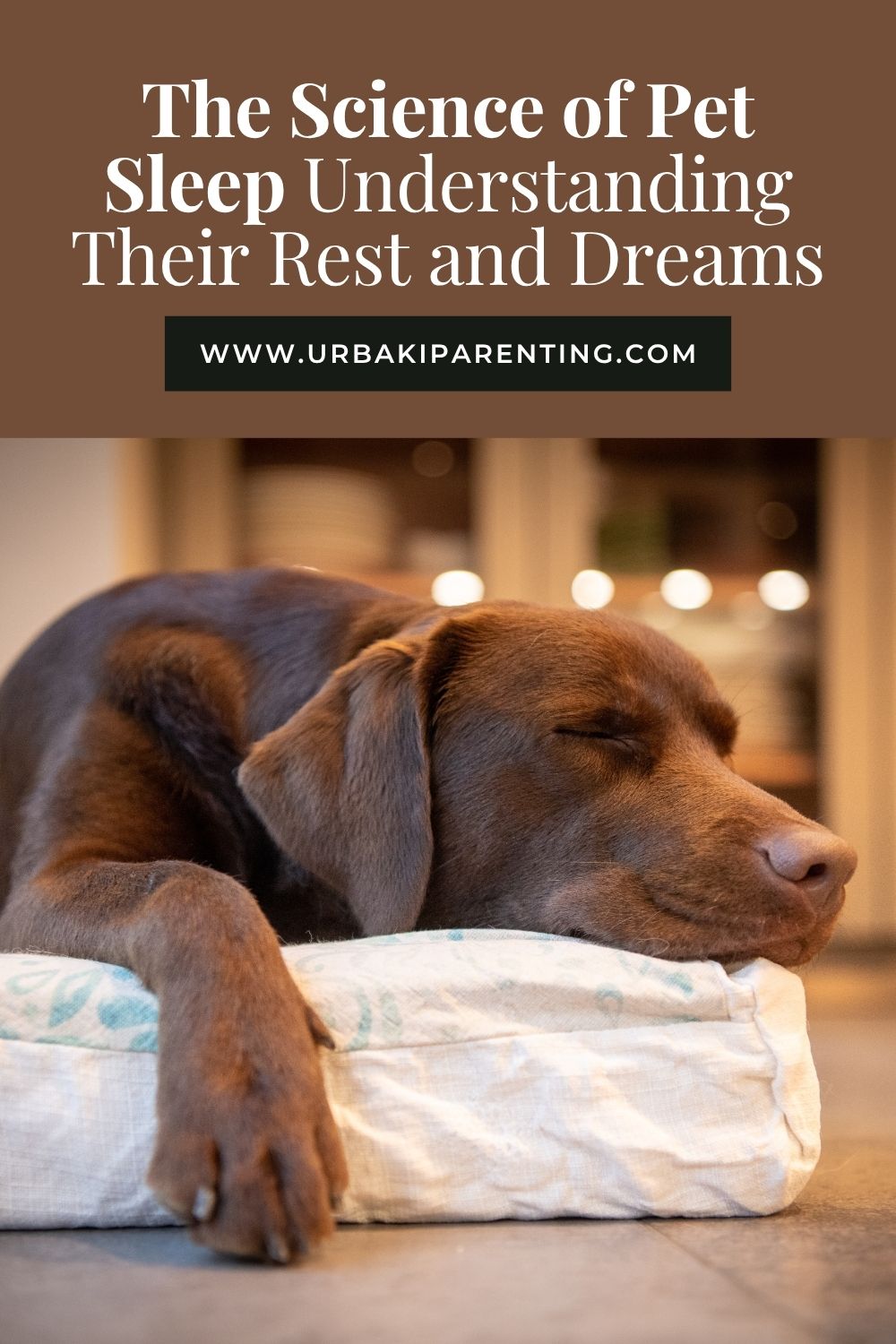

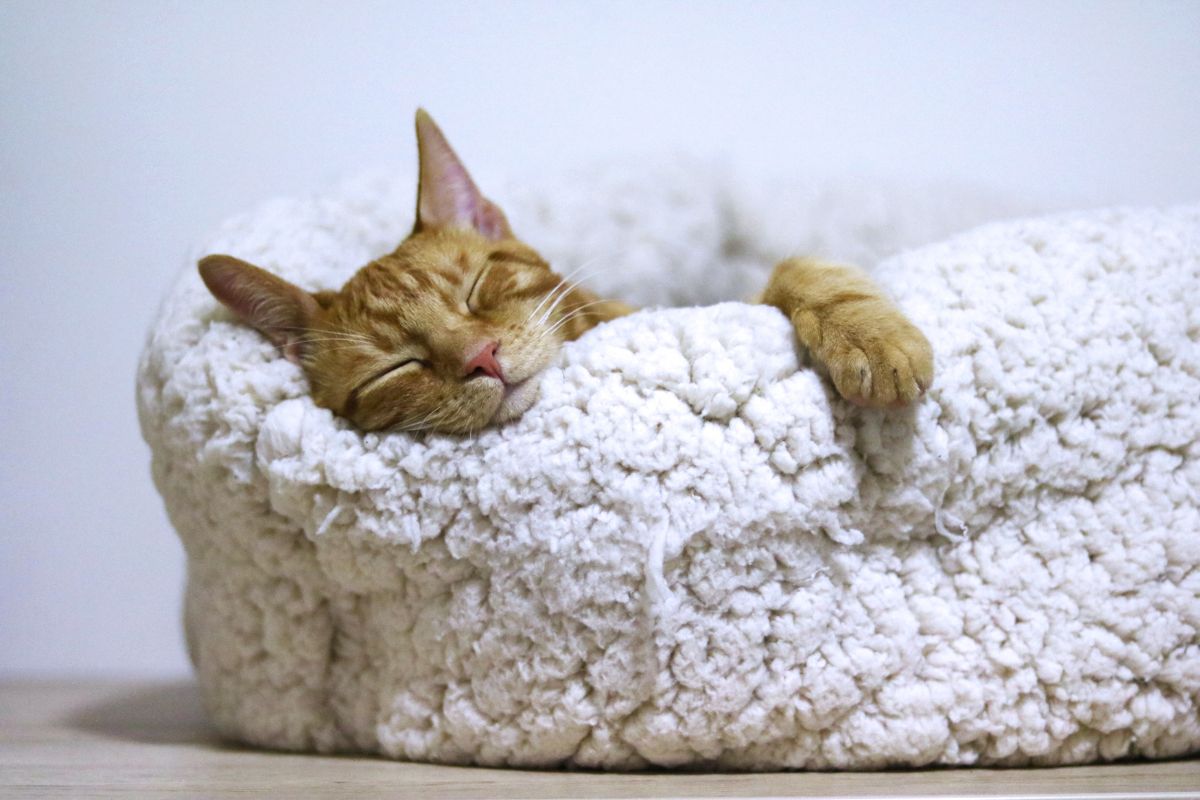 The Stages of Pet Sleep
The Stages of Pet Sleep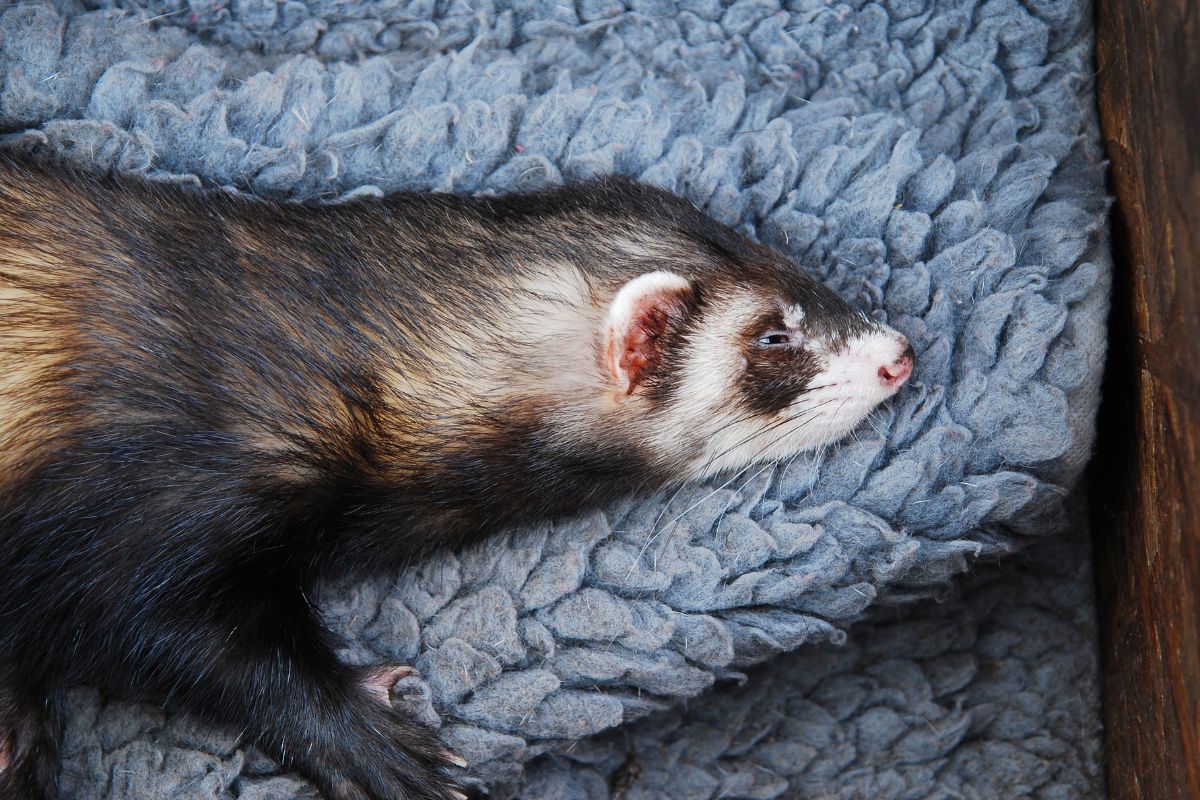 Key Characteristics of REM Sleep:
Key Characteristics of REM Sleep: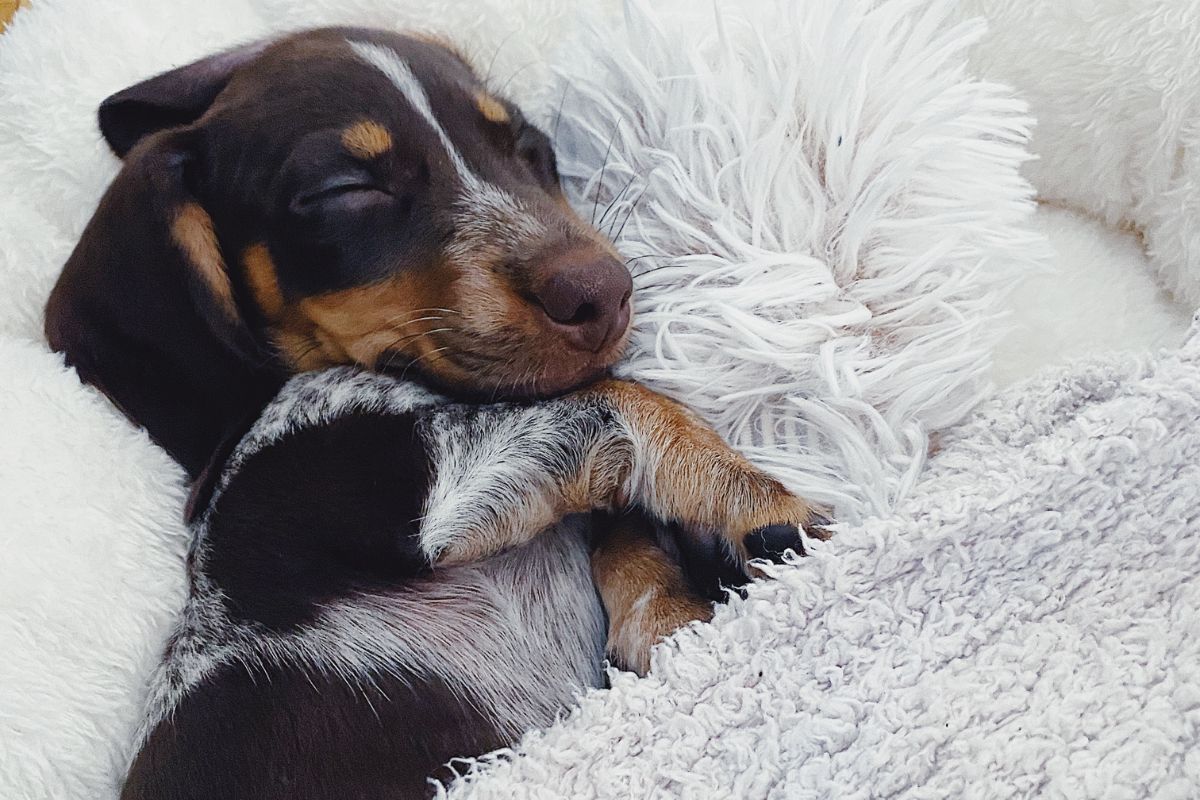 Do Pets Dream?
Do Pets Dream?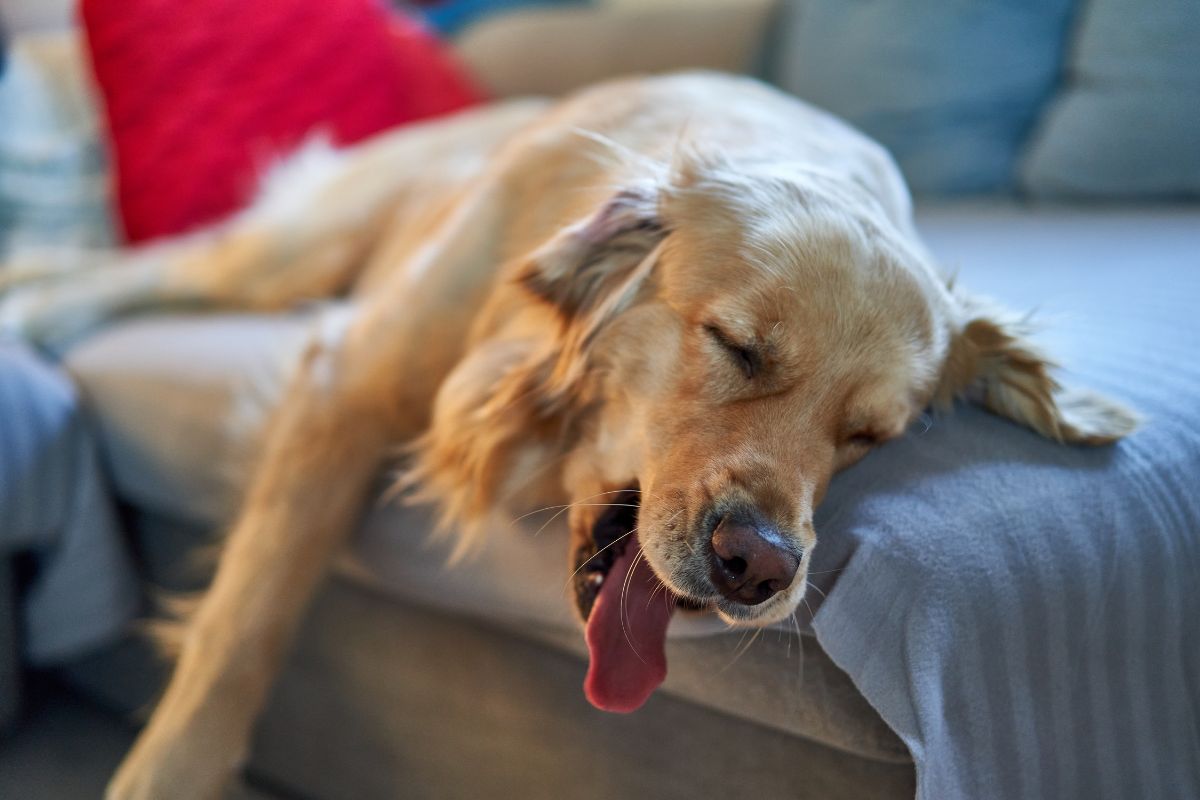 How to Help Your Pet Sleep Better
How to Help Your Pet Sleep Better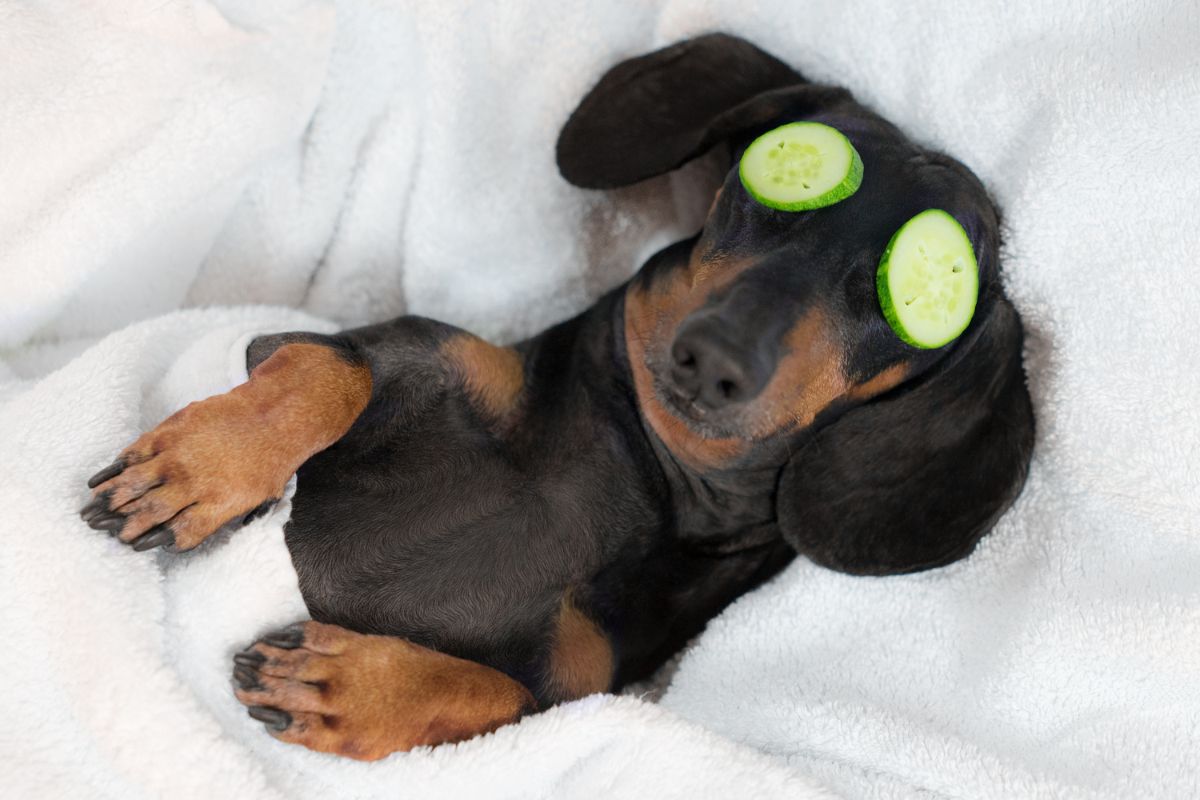 The Importance of Understanding Pet Sleep
The Importance of Understanding Pet Sleep
You may also like